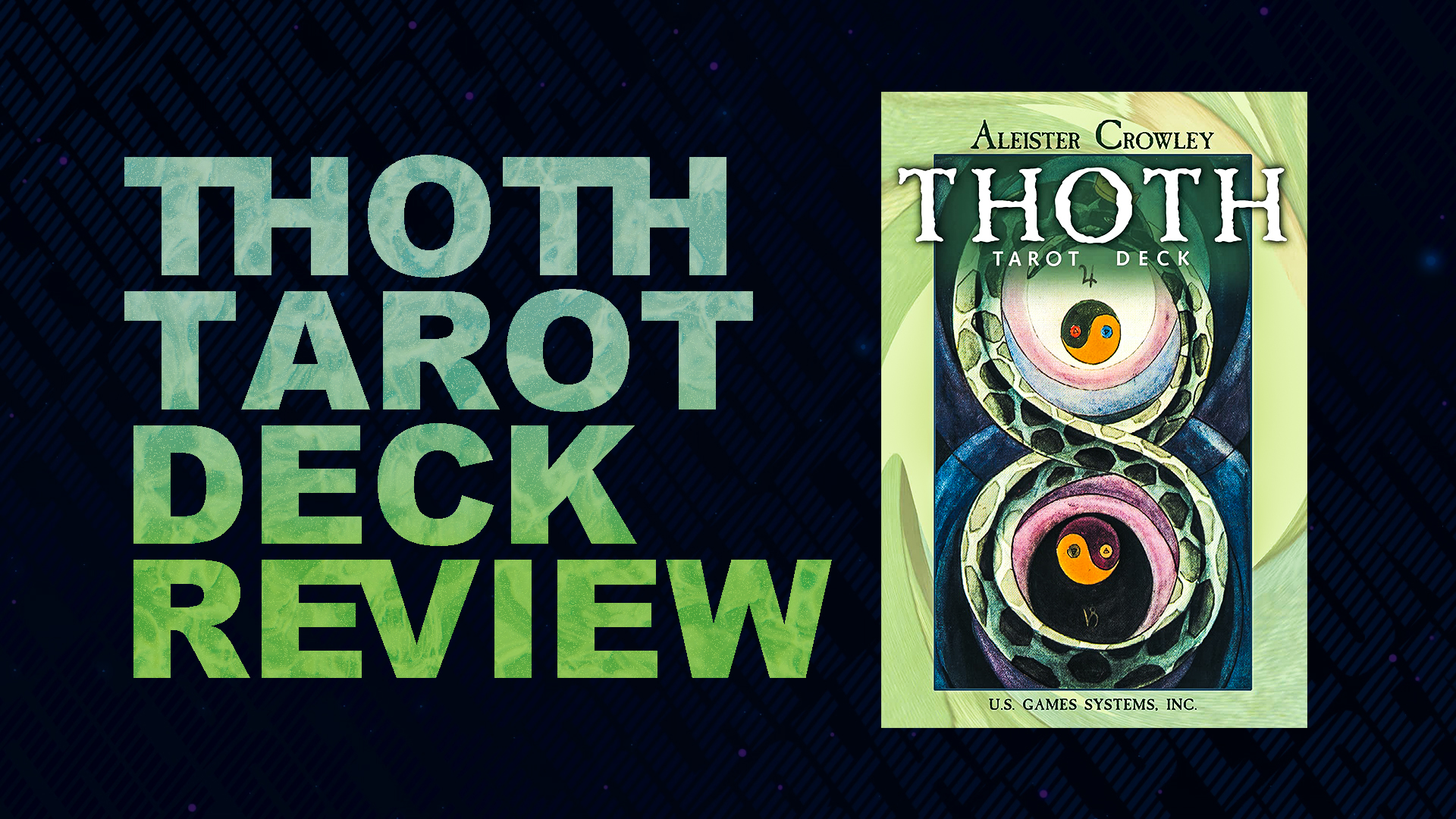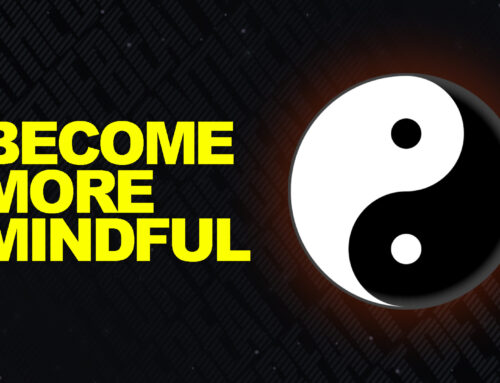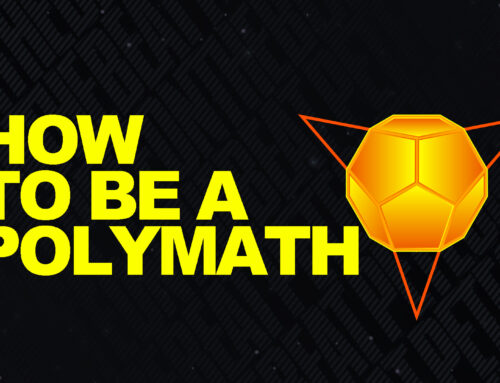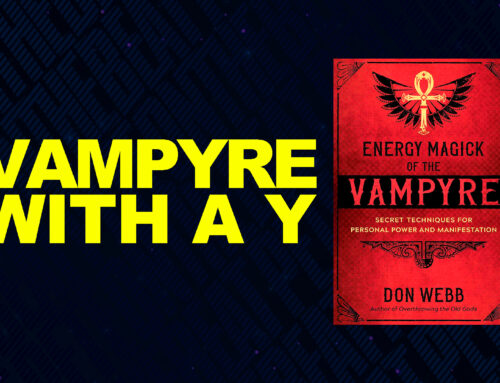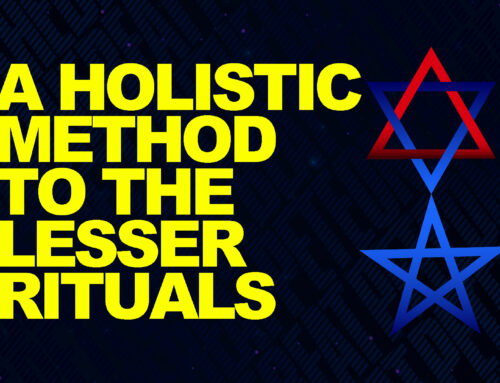Introduction
This video is a brief long-term review of the Thoth Tarot. Besides my biggest impressions of the cards, I’ll also share some background information on the deck, such as why and how I got it.
Background
Regarded as the most magickal deck, Wiccans and Setians sometimes prefer the Thoth Tarot. According to the Book of Thoth, Crowley always wanted to create a text presenting the unadulterated ancient truth of the Tarot. While many attempted such a project, they failed due to needing more knowledge and accurate attributions. The only one who succeeded partially was Eliphas Levi. Understanding Tarot was a pictorial form of the Tree of Life, Levi contributed to the Devil and Chariot Major Arcana.
Crowley’s Original Aim
Crowley’s original aim was to correct and update the classic medieval attributions while enhancing Tarot’s esoteric aspects. Eventually, the masters protecting and navigating the Mega Therion brought him to the artist Freeda Harris. And as written in the Book of Thoth:
“Together, they bent their energies to the formidable task of preparing the 78 cards of the Book of Thoth.”
How the Deck Came Into Being
The fascinating story is that Harris wanted to learn Magick only from him and not anyone else. Initially, he denied her wish. But after further negotiations, Crowley agreed. In return, she committed to painting the cards as he prescribed. Moreover, she inspired Crowley to incorporate the latest discoveries in science, mathematics, philosophy, and anthropology while using the tree diagram as a skeleton when creating the manual for the deck. Requiring super-human efforts that also supercharged Crowley with excitement. So he got to work. They planned to release the project in three months. Yet that took 5 years between 1938 and 1943. Harris says:
“The Tarot could be described as God’s Picture Book, or it could be likened to a celestial game of chess, the Trumps being the pieces to be moved to the law of their own order over the checkered board of the four elements.”
Correspondences
The Thoth Tarot includes Hebrew Letters, alchemy symbols, and Zodiac signs. While some authors suggest beginners avoid the Thoth Tarot, IMHO, this is one of the reasons they shouldn’t, as it bakes “basic” correspondences and concepts on the tree of life in their minds. Unlike other decks discussed in the Book of Thoth, the Thoth Tarot correspondences are corrected. Crowley explains that this is according to the message of the Secret Chiefs conveyed by the Book of the Law.
The Fool and Zero
Although most decks nowadays don’t have that error, in the past, some put the Fool or the Zero card between 20 and 21. Crowley notes that this is because it was perplexing for non-mathematical minds to attribute 0 as the first card of the deck. To mathematicians, on the other hand, that is the beginning of natural numbers. This is also one of the first things to grasp when learning to code. Hence it’s also one of the numerous examples of Crowley being ahead of his time.
“In the traditional essays and books on the Tarot, the card numbered “0” was supposed to lie between the cards XX and XXI. The secret of the initiated interpretation, which makes the whole meaning of the Trumps luminous, is simply to put this card marked “O” in its natural place, where any mathematician would have put it, in front of the number One.”
Aleister Crowley. The Book of Thoth, page 9
Crowley’s Original Aim
This may sound lame, but ‘I think’ it wasn’t by chance that in this paragraph, Crowley wrote the zero as “O,” while One with a capital “O.” He emphasized that zero is the beginning of one and, therefore, everything. Just like No-thing or Ain, bring birth to Kether, which is One, supreme unity beyond duality. Later Crowley states
“One must begin, as a mathematician would, with the idea of Zero, Absolute Zero, which turns out on examination mean any quantity that one may choose, but not, as the layman at first supposes, Nothing in the “absence-of-anything” vulgar sense of the word…”
Aleister Crowley. The Book of Thoth
8 and 11 and 4 and 17
Two more corrections are on the places of Strength and Justice, such as the Star and the Emperor. Crowley explains that the first was quite apparent since Strength is attributed to Leo, whereas Justice is to Libra. He also changed the names of these cards to Adjustment and Lust, incorporating Thelemic imagery. Conversely, the second took him more time to figure out. He explains the solution came from a question cyphered by the Secret Chief’s messenger or his HGA (Aiwass) when the Book of The Law was dictated.
“But when (8th April 1904 e.v.) he was writing down the Book of the Law from the dictation of the messenger of the Secret Chiefs, he seems to have put a mental question, suggested by the words in Chapter I, verse 57: the law of the Fortress, and the great mystery of the House of God.” (“The House of God” is one name of the Tarot Trump numbered XVI) to this effect: “Have I got these attributions right?” For there came an interpolated answer, “All these old letters of my book are alright, but צ is not the Star. This also is a secret; my prophet shall reveal it to the wise..”
Perfect Zodiacal Symmetry
After working on it for a few more years, Crowley eventually attributed Tzaddi to the Emperor, whereas He to the Star. Besides being very satisfactory and showing that the Book of the Law was indeed a message from the Secret Chiefs, Crowley explains the arrangement creates a perfect zodiacal symmetry. Namely, it places Leo and Libra on both sides of Virgo, so they mirror Aries’ and Aquarius’ positions regarding Pisces. Hence it creates two loops on both sides of the ellipse. As Crowley points out, balance and symmetry are essential to any perfection. He also explains that while they might seem “rather technical,” your appreciation of these modifications grows with your studies of the Tarot
If there’s an interest, I’d be happy to dive deeper into the Thoth deck one card at a time. Let me know if you’d be interested in such content.
Box
Plain and simple, the deck comes in its beautiful box, which turns out unreliable as it falls apart if you use it daily. Luckily, the latter cannot be said about the cards. The box has the copyright of OTO and AGM Urania. Initially, I planned to get the gold AGM Urania deck, but I eventually got this US GAMES since the other wasn’t available. A year later, I have zero regrets.
Inside the Box
After working on it for a few more years, Crowley eventually attributed Tzaddi to the Emperor, whereas He to the Star. Besides being very satisfactory and showing that the Book of the Law was indeed a message from the Secret Chiefs, Crowley explains the arrangement creates a perfect zodiacal symmetry. Namely, it places Leo and Libra on both sides of Virgo, so they mirror Aries’ and Aquarius’ positions regarding Pisces. Hence it creates two loops on both sides of the ellipse. As Crowley points out, balance and symmetry are essential to any perfection. He also explains that while they might seem “rather technical,” your appreciation of these modifications grows with your studies of the Tarot
The Tarot
Complementing Crowley’s explication of the cards’ origin, one of those essays states that:
“The History of the Tarot has been obscured by writers who have not distinguished the Tarot in its higher aspect, as the record in symbols of what man has discovered about his relation to the Universe, and the Tarot in its lower aspect, as a pack of cards used for divination and card-play(…).”
Also, that…
“The history of comparative religions shows that allowing for variations due to climatic and other local causes, man’s conception of his relation to God, the Life-Force, or whatever term we may safely employ, has followed the same broad outlines among all peoples. The Tarot is a record of the spiritual journey of Man and the rituals by which, at each stage, those capable of understanding the signposts are admitted to initiation. It is not therefore, that a tradition common to the human race can be ascribed to any particular nation or epoch. All that can be described with assurance is the way in which the Tarot has been used at different times by different people…”
Footnotes
The box also has commentary footnotes by Stuart Kaplan (the founder of US Games). Thanks to these footnotes, I learned that the early Tarot Decks didn’t have numberings or names of the Major Arcana. Also, there are smaller 62-card decks called Tarochino. The box also has the (actual) GD invocation used before doing a split.
Cards
Although thinner than others, the cards keep their shape. Initially, I had the feeling that they would bend. Yet, I was pleased to find out that this didn’t happen.
The cards have a “nice and glossy” feeling without too much glair. The colors stay remarkable, even when I have my blue light-blocking glasses on. Some people complain about their colors fading; I have zero issues with mine. Having large palms, I got the large deck. While not the most convenient if your travel a lot, it’s excellent for meditation, and practical work, as it has the ‘biggest’ images.
Colors
Each card’s color selection isn’t arbitrary but has a peculiar meaning. Let’s, for instance, take three of my favorites — Fortune, Happiness, and Victory. All attributed to Jupiter, these cards have shades of purple or violet as their predominant color. In the king scale, which LMD calls the essence — the invisible foundation of color, this is the color of Jupiter. And thus, it’s what you use when working with the practical or the path version of Chessed, which is Jupiter.
GD and BOTA
While such and other subtleties make the Thoth Tarot stand out, other artists can figure those out with enough research. Nonetheless, decks like BOTA and Golden Dawn don’t offer that. What’s really exceptional is Harris’s style of projective geometry.
Illustrations
They say you should pick a deck you most easily connect to. Although I use them daily, the cards are unmatched in terms of impacting my mind. They are so powerful I can (only) compare them to the first time I saw Enochian, particularly EXARP or Spirit of Air of the Mystical Tablet of Union. I wasn’t aware of what it meant, but it reappeared in my mind for a period. Seeing the Thoth Tarot for the first time, I had a similar experience with the Star Card, which I’d be happy to examine on the channel if there’s an interest. A big part of that is due to Harris’s unique technique.
Projective Geometry
Based on my research, the most concise yet thorough explication of Harris’s projective geometry is found in Lon Milo Duquette’s Understanding Aleister Crowley’s Thoth Tarot. Duquette explains that:
“Harris’s style is characterized by her geographical conversion of the mathematical concepts of projective geometry. A provocative expansion of Euclidean geometry, projective geometry was, in the mid-1930s, the focus of intense study among the disciples of Rudolf Steiner. Three years before she began painting the Thoth Tarot, Harris studied under two of Steiner’s most brilliant students, George Adams and Olive Whicher, and was soon busy transferring theoretical mathematics to canvas. ”
Such as, that…
“Projective geometry presumes more than a polarity between a central point and an infinitely distant surface (center and periphery). Because of the fragility (if not the downright nonexistence) of time-space, it allows that a central point and infinite space can occupy the same position. However difficult (or unimportant) it may be for us to grasp the mathematical subtleties of projective geometry, we see it thrillingly manifested in Harris’s use of lines, nets, arcs, swirls, twists, and angles stretched and overlaid one upon another, or otherwise combined to visually redefine the fabric of space…”
Considering the Book of the Law, that reminds us of some of Hadit’s words.
“In the sphere, I am everywhere, the center, as she the circumference is nowhere found… Yet she shall be known & I never.”
The Book of The Law
Crowley’s Expectations
Duquette adds that the artist exceeded Crowley’s expectations quite a bit. And, if Crowley paid Harris, he definitely got his money, as she used her exceptional technique to illustrate the cards and embed the mysteries and messages of the Aeon of Horus.
Masonic Tracing Boards
The Thoth Tarot isn’t the only time Harris used projective geometry. She also made incredible Masonic artworks utilizing the technique. Examples are her canvases on the Masonic Tracing Boards of the Entered Apprentice, Fellowcraft, and Master Mason degrees. Besides Crowley’s works, Harris was heavily influenced by Rudolf Steiner’s anthroposophy or Wisdom of the Human Being. But that is a subject for a different post.
As one working with software like Illustrator, After Effects, and Figma, I have no doubts that, like Crowley, Lady Frieda Harris was ahead of her time. Meditating on a card, sometimes my mind wonders how exceptional she would be now, using tools like the Adobe Suite and Cinema 4D. What do you think of that and the Thoth Tarot? Feel free to let me know in the comment section of the video.
- The Power of Mindfulness Meditation - May 1, 2024
- An Autobiography of Trauma Book Review - April 23, 2024
- Reflections on Being a Polymath - April 12, 2024
